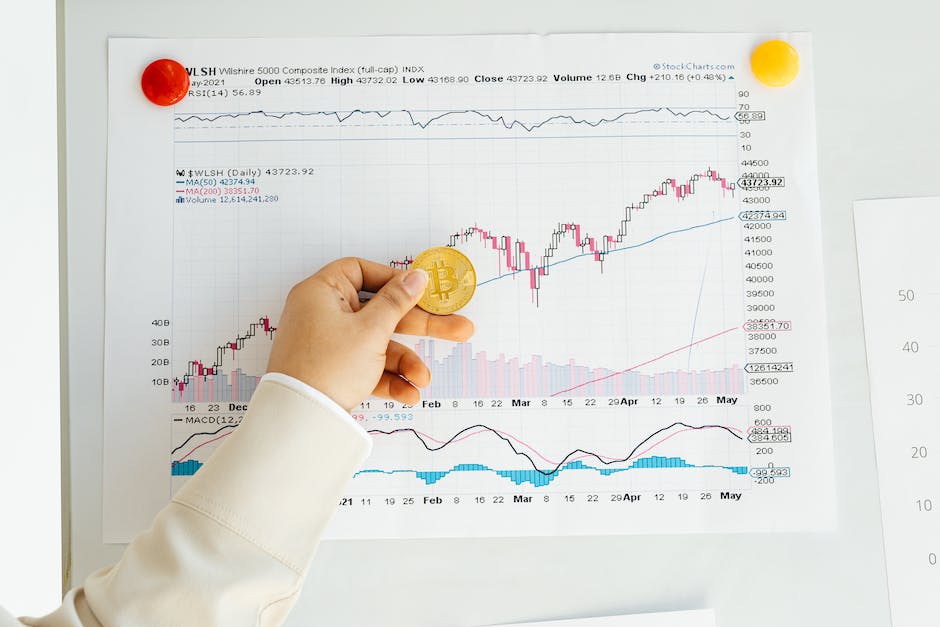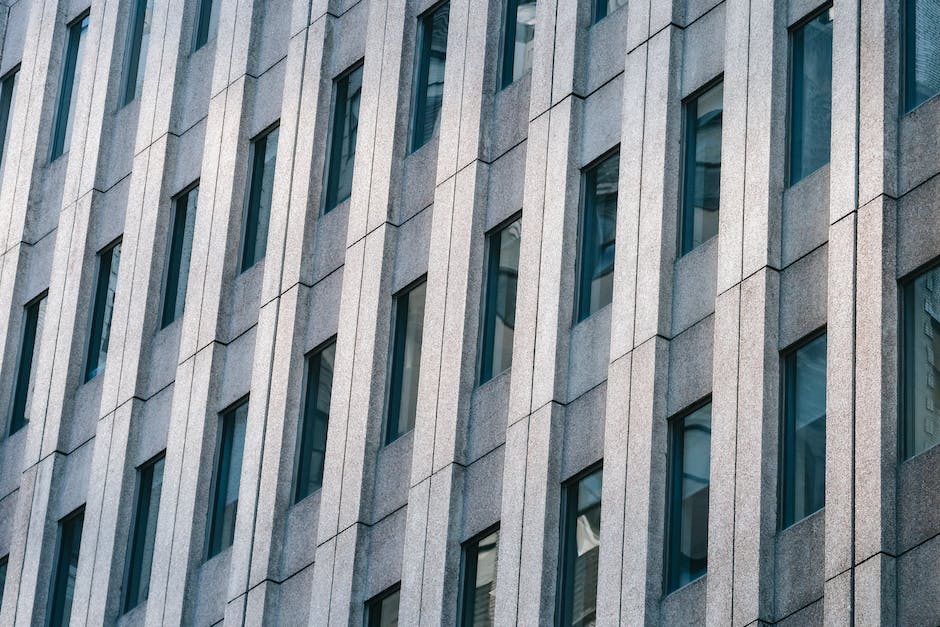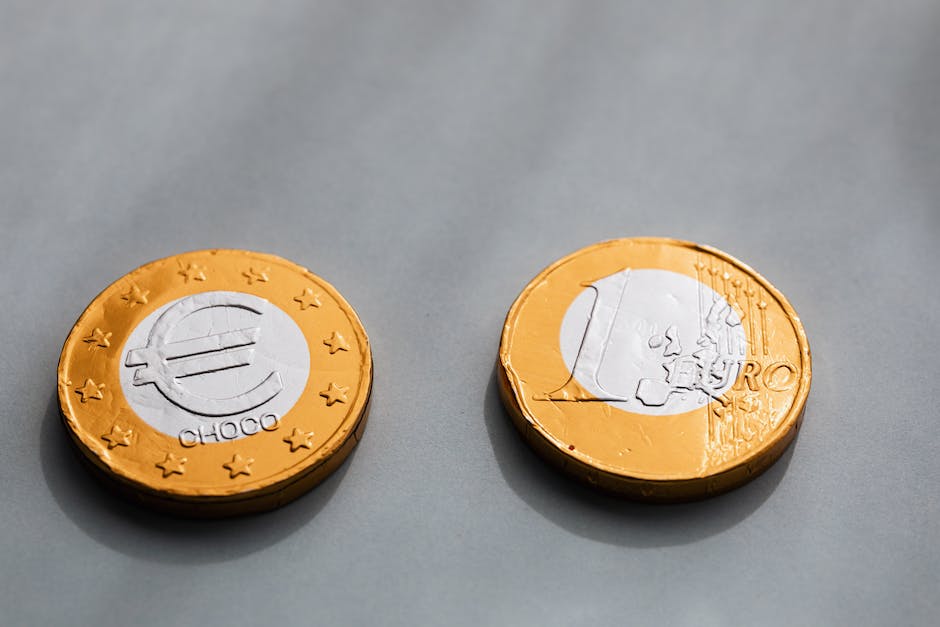
Impact investing, also known as impact banking, refers to the use of special loans or other investments designed for social and economic change. An impact investment can be a company funding a school project or providing housing to a homeless person.
There are several types of impact banking, but the basic concept is that a bank loans you money at low interest for a specific purpose. The purpose may be helping an individuals home or someone elses home save money and move into a more secure place.
Since you are going to spend some money buying what you’re lending money for, your bank may charge higher interest than if you were just investing yourself. However, since you are moving money around for someone else, your interest rate is probably higher still!
Most of the time, banks do this for political reasons. By granting them higher interest rates, they gain more power in their positions.
Hard-to-finance properties

As the world becomes increasingly hard-to-financer properties, impact investing is moving into these challenging areas. Companies such as Goldman Sachs and Morgan Stanley have start-up funds focused on hard-to-finance properties.
Impact investing has a way of making even the most difficult to invest properties easy to crunch. As a result, these funds are growing in size and popularity.
Of all the hard-to-invest properties listed in this article, the most common reason why someone would not invest in this property is because it is cost prohibitive to acquire or sell.
However, did you know that there are some expensive real estate assets that aren’t always easy to buy or value? There are! This article will talk about both ways to acquire these hard-to-invest properties.
Examples of impact investments

Examples of impact invest-ing in hard-to-finance properties include historic buildings, brownfields, and heavily polluted land.
Many times, when a property is able to be impacted by an investment, it is because of a unique structural feature or historical value.
For example, dating back to the 1800s, an elevator may have been used to transport goods up and down a building. This may have been important for businesses during that time as it was safe and reliable.
In such cases, there is a chance the impact investment can improve the property and its market value. A well-known investor named Robert Kiyosaki has called this type of investing “return on impact”Investment.
He says that when you look at the market value of a property, you should also think about how much money your investment will make in your personal finances.
Does this investment model make sense?

Impact investing has become a growing trend, with more and more organizations and groups looking to identify socially and economically disadvantaged populations and integrate them into the economy.
At its most basic, impact investing involves using financial resources to advance social objectives. As a result, money raised via impact investments typically serves as an investment tool rather than a complete source of funding.
However, there are several legitimate reasons why you might consider impact investing as a source of funding. For example, a building may be necessary to provide housing for the homeless, transportation may be needed for people with disabilities to get around, or an empty lot may be needed for something else.
Of course, none of these things are going to be resolved by turning a building into parking or planting trees, so choosing an area that needs help but that you cannot use your financial resources is an effective way to find funding.
Impact investors look for three things

(1) hard-to-finance properties that have little to no equity and (2) strategies that leverage existing capital, such as funds, foundations, and non-profits.
In most cases, these impact investors purchase these properties for the community building and redevelopment potential. However, in some cases, it is more of a tax shelter.
If the property were to be redeveloped into an upscale housing development, for example, then the impact investor would gain considerable tax advantage by purchasing the property.
In terms of potential uses, this type of property can be used for commercial or residential purposes, depending on where they build them.
typically invest between $5 – $15 per square foot in hard-to-finance properties.
Profit is not the primary goal

The fluidity of the hard-to-value property market and the increasing appeal of Impact Investing in Hard-to-Value Property assets, makes it an ideal arena for affecting change.
Impact Investing is a methodology that involves using financial resources to make a positive impact in community efforts. By investing money into projects sponsored by organizations and/or companies with connections to the community you are helping them out and moving towards your goals.
When investing in hard-to-value properties, there are two major factors to consider when trying to profit from them. The first is valuation, the second is distribution rights.
Revaluation can be tricky as it can vary from property to property, even within the same city or state. If one tries to revaluate properties every year they will run into problems of availability and profit potential.
Who are the investors?

When an investor is looking to invest, they will typically focus on hard-to-invest properties such as distressed homes. Typically, these homes have a high amount of debt involved in their purchase and/or ownership.
However, because of the difficulty in acquiring these types of properties, the price paid was probably not the full value of the property. For example, if someone purchased a home for $300,000 dollars dollars dollars, then later it was listed for $1 million dollars dollars!
This is where impact investing comes in. An impact investor comes into the market and purchases these homes at a lower price but with less equity invested. They then use some of their wealth to help acquire them and bring them back to profitability.
These investors are becoming more prevalent in today’s market. You can now find them anywhere from online to actual meetings.
What are the properties like?

When a property is considered hard-to-finish, it means there are not enough layers of insulation, a ceiling is missing, or something has to be replaced. This usually applies to older properties with less maintenance.
This is why impact investing can be so interesting. You get the chance to make a solid investment by working with a skilled and competent owner. You also get a chance to work with a higher quality property than you would on an average purchase.
However, before you make your impact investment, you need to know what it needs and how to get it.
Have there been any failures?

The topic of this article is havingfailed Impact Investing in Hard-to-Finance Properties. Have there been any failures of impact investing?
The answer is yes, there have been failures! Unfortunately, these failures can be very difficult to not only explain, but to practice in your impact investing.
At the start, you have to separate your sense of urgency from practicality. You have to understand that no matter how practical your reasons are for investing, your emotions will play a huge role in whether or not you succeed in your investment.
This article will try to explain the differences between practical and non-practical investors and why it is important for you to separate yourself from them.

